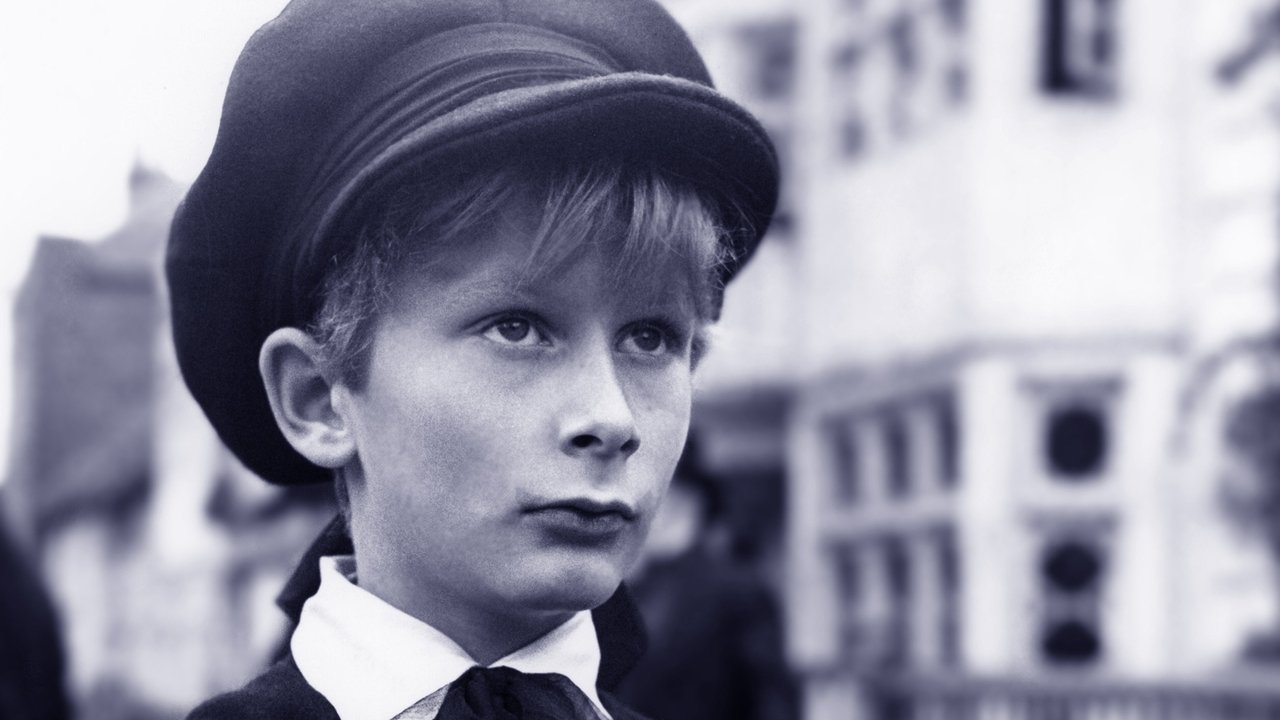

The workhouses were, in effect, slave labor camps. The Poor Law of 1834 permitted the indigent to receive government aid only if they lived in government workhouses.

It was, like the work house in which Oliver lived, an opportunity for the rich and middle classes to live well at the expense of the poor. Dickens contends that vice is caused by a corrupt environment while there are some, like Oliver, who are incorruptable.ĭickens considered charity in the Victorian England to be a failure. Dickens challenges the belief that paupers are lazy and criminals are evil when they are born. It challenges the Victorian idea that the environment in which a child is raised will have no influence on the adult that child becomes. This story is about the criminal under class in London in the 19th century, the inadequate way in which Victorian society cared for the children of the poor, and the contest between good and evil. In the case of Oliver Twist the workhouse where poor children were sent to live, child labour, and the recruitment of children by criminals. The book attempts a realistic portrayal of the sordid lives of criminals.ĭickens’ great novels always dealt with contemporary social evils and Oliver Twist is no exception. The character of Oliver Twist the novel was the first child protagonist in an English novel.
#Oliver twist movie serial#
Oliver Twist was Charles Dickens’ second novel and was originally published as a serial in a popular magazine from February 1837 to April 1839. This was the life facing the Artful Dodger and the other children if they left Fagin. The adult operators of these establishments often used them for their own profit. The children were required to work long hours and received precious little for it. The poor houses and orphanages were a part of that system. Why did the children cling to Fagin? For a description of the oppressive system of treating the poor in England at the beginning of the 19th century, see Learning Guide to A Christmas Carol.


 0 kommentar(er)
0 kommentar(er)
